Key Aspects of Many Cavities And Many Holes Open Mold Injection Molding
- Many Cavities
- Multiple Cavities: A mold with multiple cavities means that it can produce several parts in a single injection cycle. For example, a 16-cavity mold can produce 16 identical parts with each cycle. This is particularly useful for mass production of small to medium-sized parts.
- Cavity Design: The cavities in the mold are designed based on the desired shape and dimensions of the part. The cavity layout is optimized to ensure even material flow, consistent part quality, and uniform cooling.
- Benefits:
- Increased Productivity: More parts are produced per cycle, reducing the overall cycle time and increasing throughput.
- Cost Efficiency: By producing more parts simultaneously, the cost per part decreases, making this ideal for high-volume manufacturing.
- Uniformity: When designed correctly, multi-cavity molds ensure that each part is consistent in quality, as the same amount of material is injected into each cavity simultaneously.
- Many Holes (Channels) in the Mold
- Cooling Channels: Cooling is essential in injection molding to quickly solidify the molten plastic. Many holes are often incorporated into the mold design for cooling channels, which circulate cooling fluids (typically water) to efficiently cool the parts and reduce cycle time.
- Cooling channels are strategically placed to ensure uniform cooling across all cavities. A well-designed cooling system reduces the risk of defects such as warping, sink marks, or uneven dimensions in the final parts.
- Venting Holes: Venting holes are used to allow air to escape from the mold cavity during the injection process, preventing trapped air from causing defects such as air pockets or burn marks. The placement and number of venting holes are crucial for ensuring the mold operates effectively.
- Ejection Holes: Many molds also include ejection holes that facilitate the removal of the molded parts from the mold after the cycle is complete. These holes are part of the mold’s ejection system, which could involve ejector pins, sleeves, or other mechanisms.
- Multiple Holes for Custom Requirements: Depending on the specific part, molds may need to accommodate a variety of other features such as inserts, alignments, or specialized channels for specific molding processes (e.g., gas-assist molding).
- Cooling Channels: Cooling is essential in injection molding to quickly solidify the molten plastic. Many holes are often incorporated into the mold design for cooling channels, which circulate cooling fluids (typically water) to efficiently cool the parts and reduce cycle time.
- Benefits of Multi-Cavity, Multi-Hole Molds:
- Increased Production Capacity: With more cavities and many holes (cooling, venting, ejection), the mold can run faster, producing more parts in less time.
- Improved Efficiency: Proper design ensures that the injection molding process is optimized, reducing cycle time and increasing part quality.
- Cost Reduction: The more parts you produce in each cycle, the lower the cost per unit. This makes multi-cavity molds ideal for mass production runs.
- Flexibility: Many multi-cavity molds allow flexibility in the product design, enabling companies to switch between different configurations with minimal downtime.
Challenges in Designing Many Cavities and Many Holes Molds
Designing molds with many cavities and many holes requires careful consideration of several factors to avoid issues during production. Some of the challenges include:
- Balance in Material Flow: In a multi-cavity mold, each cavity should receive an equal amount of molten material to ensure uniformity in the molded parts. Imbalances can cause some cavities to fill earlier or later than others, leading to variations in part quality.
- Cooling Efficiency: With more cavities, effective cooling becomes even more critical. Poor cooling design can lead to uneven cooling rates, causing warping or dimensional inconsistencies between cavities.
- Mold Complexity and Cost: While multi-cavity and multi-hole molds are efficient for high-volume production, they are often more complex and expensive to design and manufacture. It requires advanced engineering and tooling capabilities.
- Mold Wear and Maintenance: The more cavities and holes in the mold, the more intricate the cooling and ejection systems. Over time, these molds are subject to wear and tear, requiring more frequent maintenance and repairs to keep them running optimally.
Applications of Many Cavities and Many Holes Molds
- High-Volume Plastic Parts: Multi-cavity molds are often used for producing high-volume plastic parts, such as bottle caps, containers, automotive parts, medical device components, and consumer electronics parts.
- Thin-Wall Molding: For products requiring thin walls, multi-cavity molds allow the production of lightweight, efficient parts at a higher volume.
- Complex Products: Molds with multiple cavities and holes are particularly useful for producing complex parts that require advanced features, such as integrated cooling or venting channels.
- Medical Devices: For medical devices or consumer goods where precision and high-quality finish are crucial, multi-cavity molds with many features like venting, cooling, and ejection systems are vital.
Example of GHXLD’s Capabilities:
As a company specializing in multi-cavity molds and injection molding, GHXLD is highly experienced in designing and producing molds with many cavities and holes. GHXLD offers customized solutions tailored to the specific needs of each client. Their expertise ensures that molds are designed for high efficiency, with optimized cooling channels, precise venting systems, and effective ejection mechanisms.
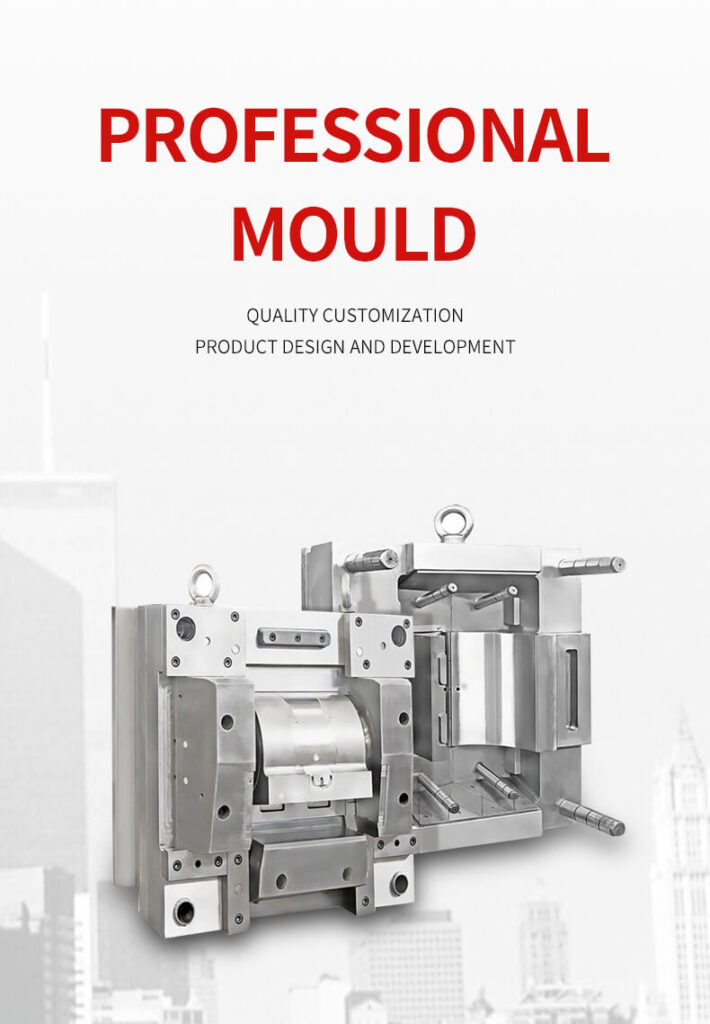
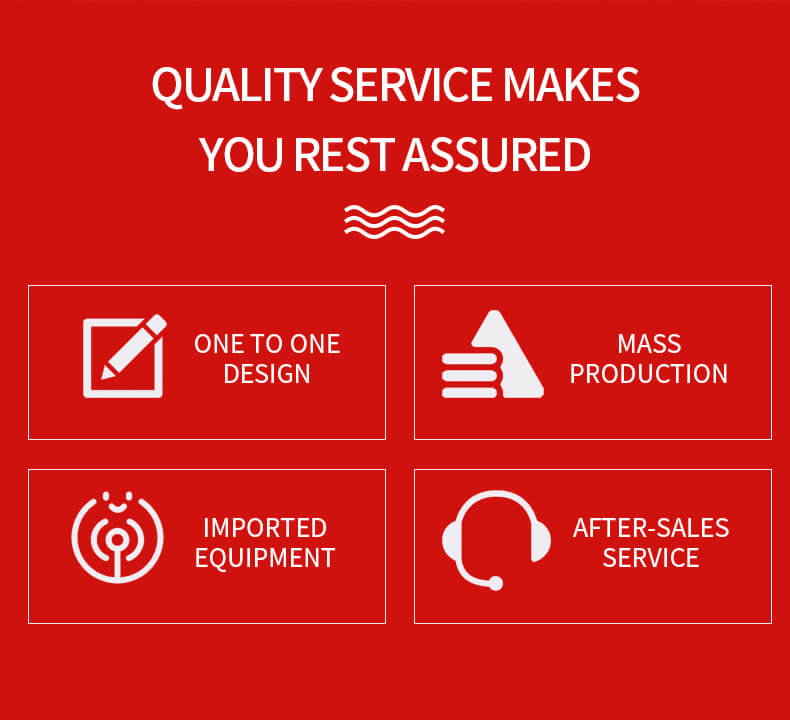
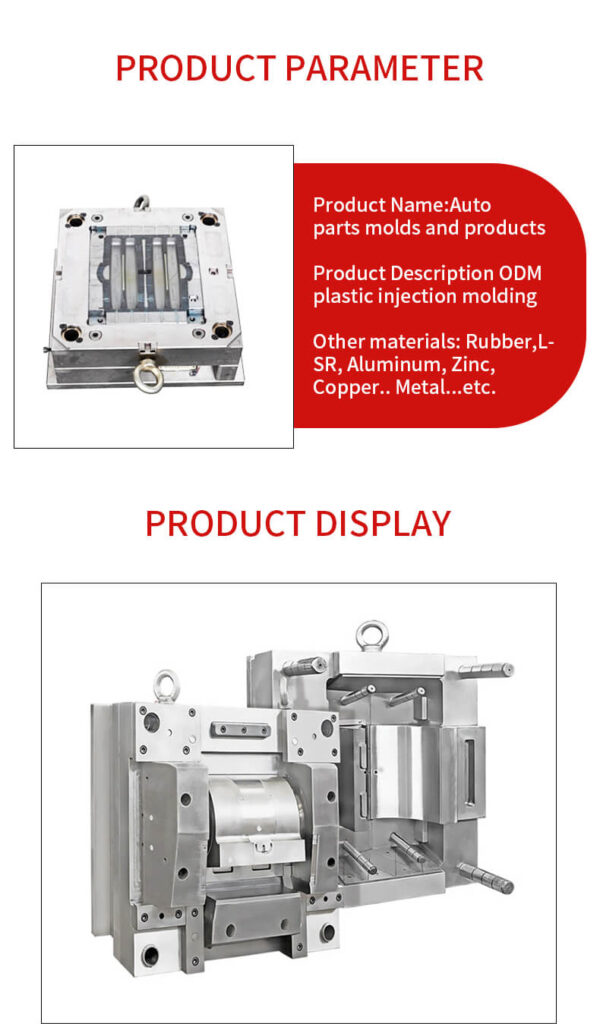
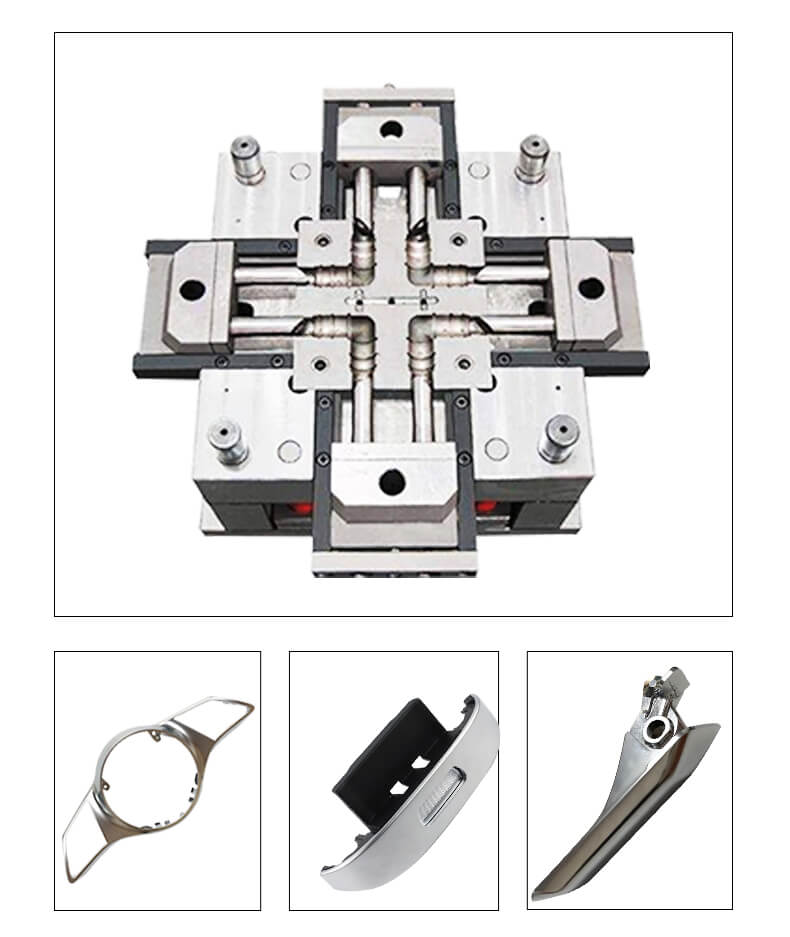
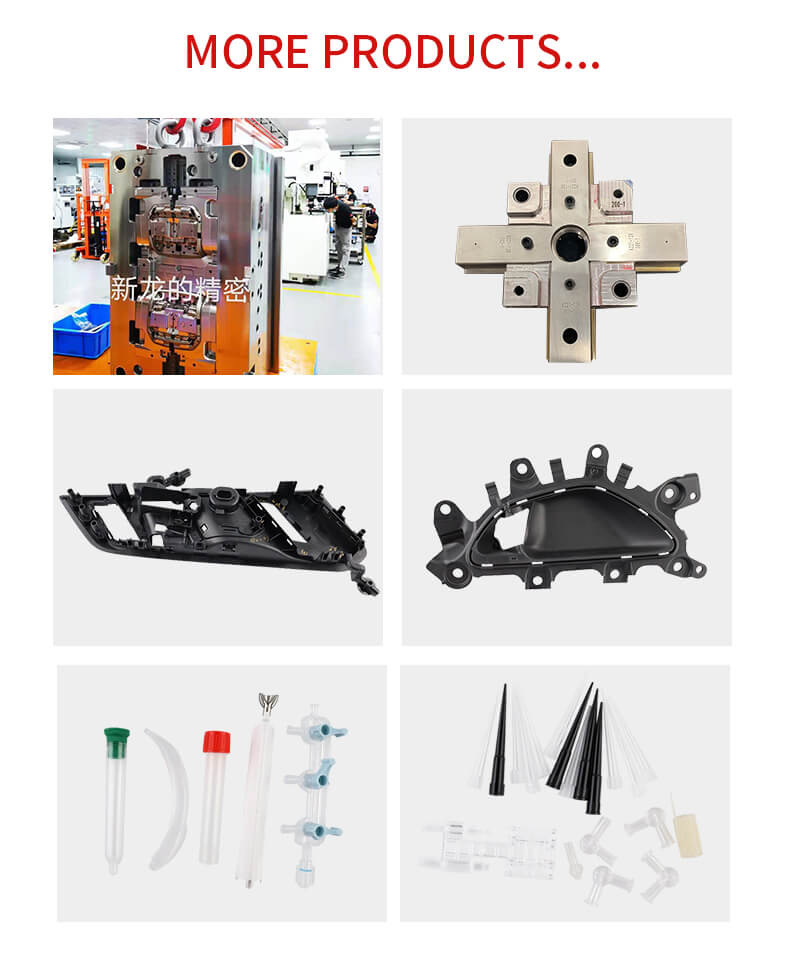
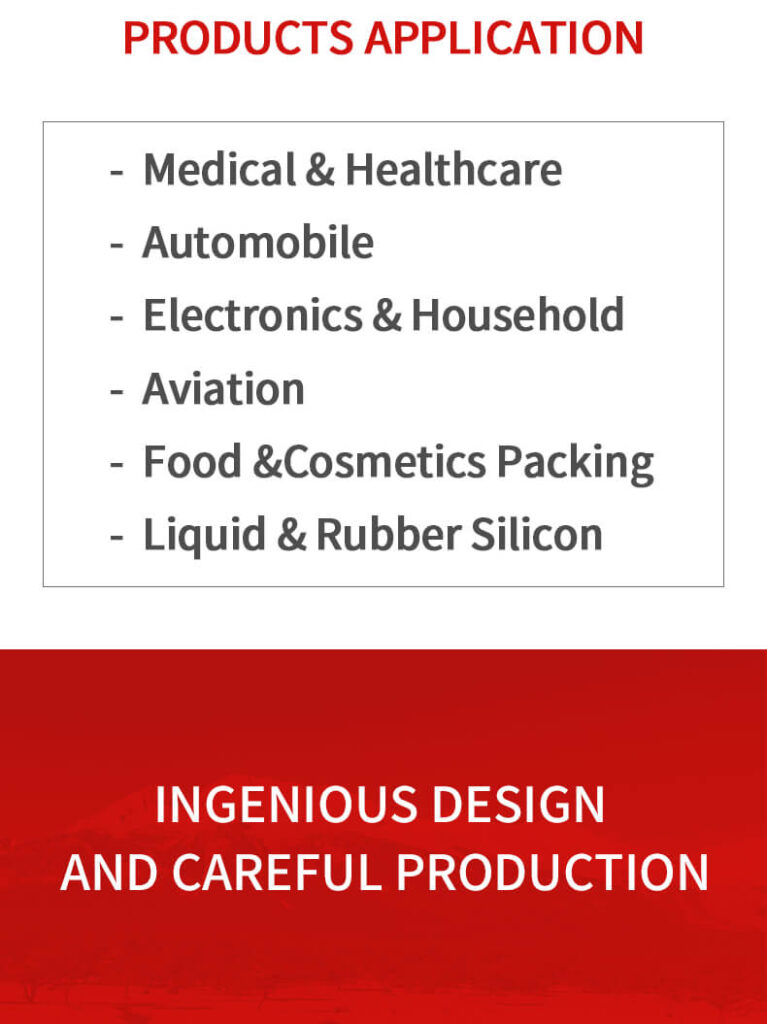
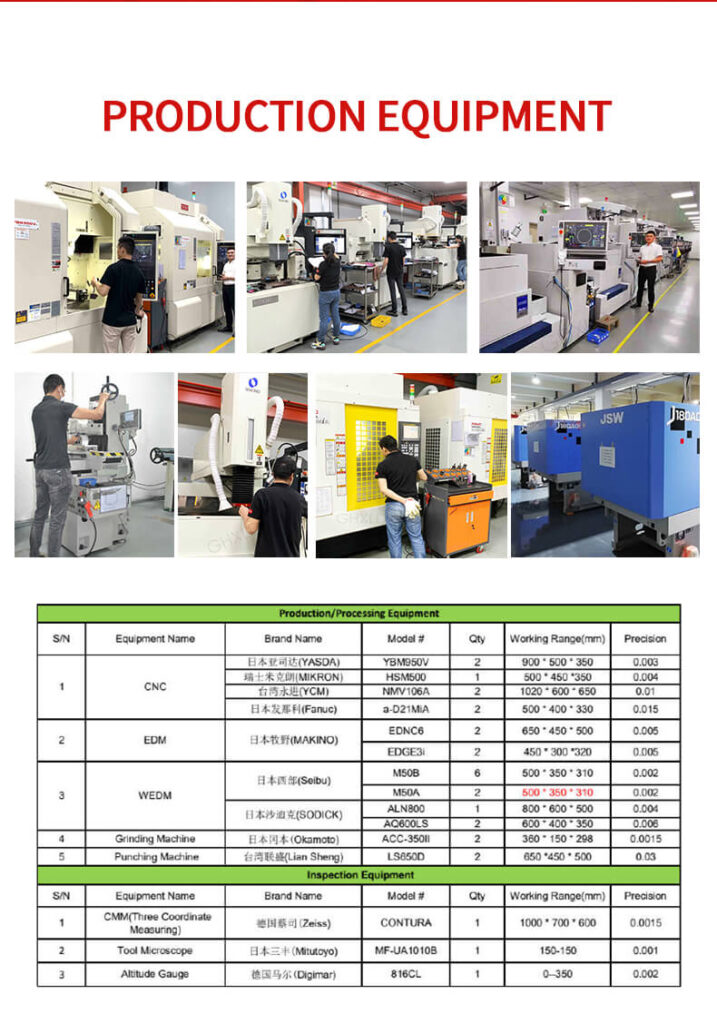

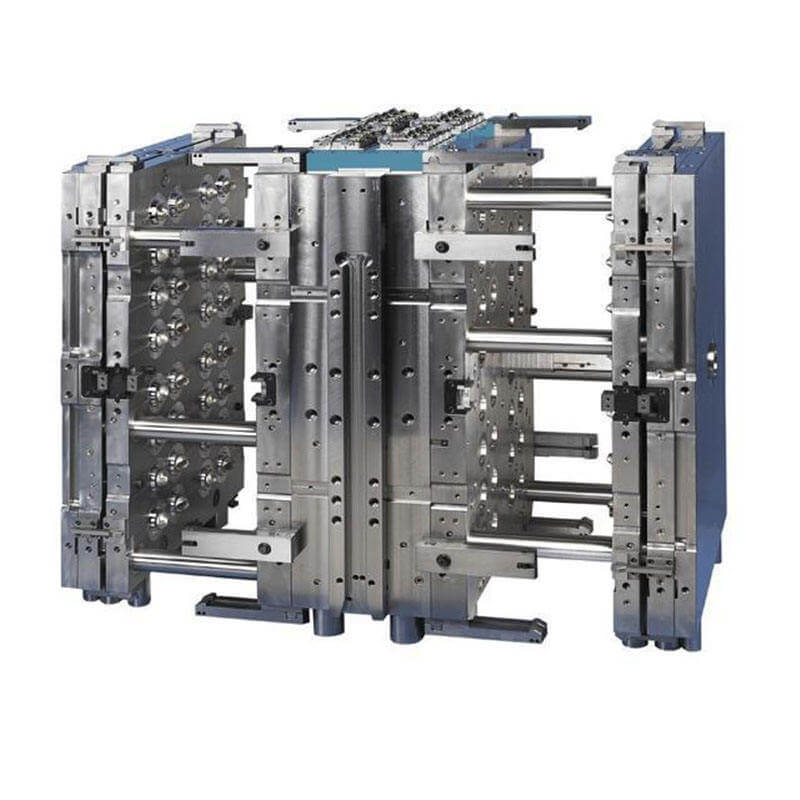
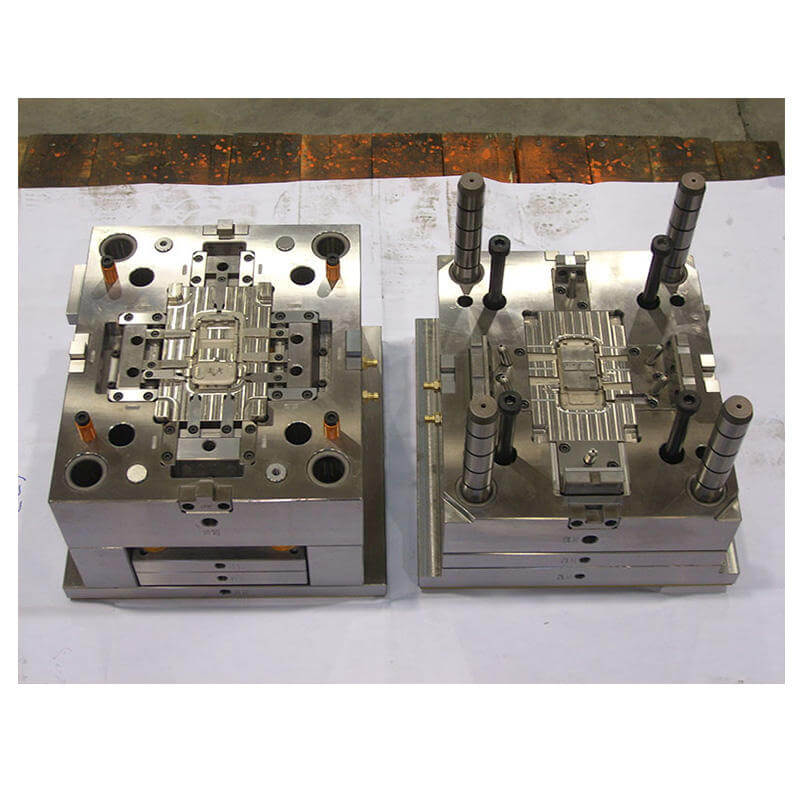
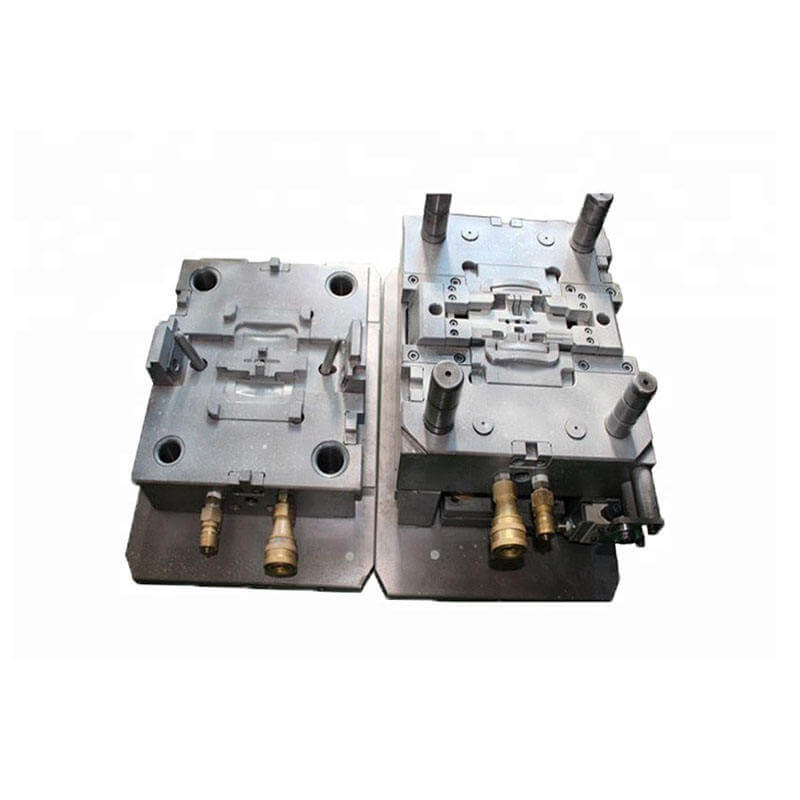
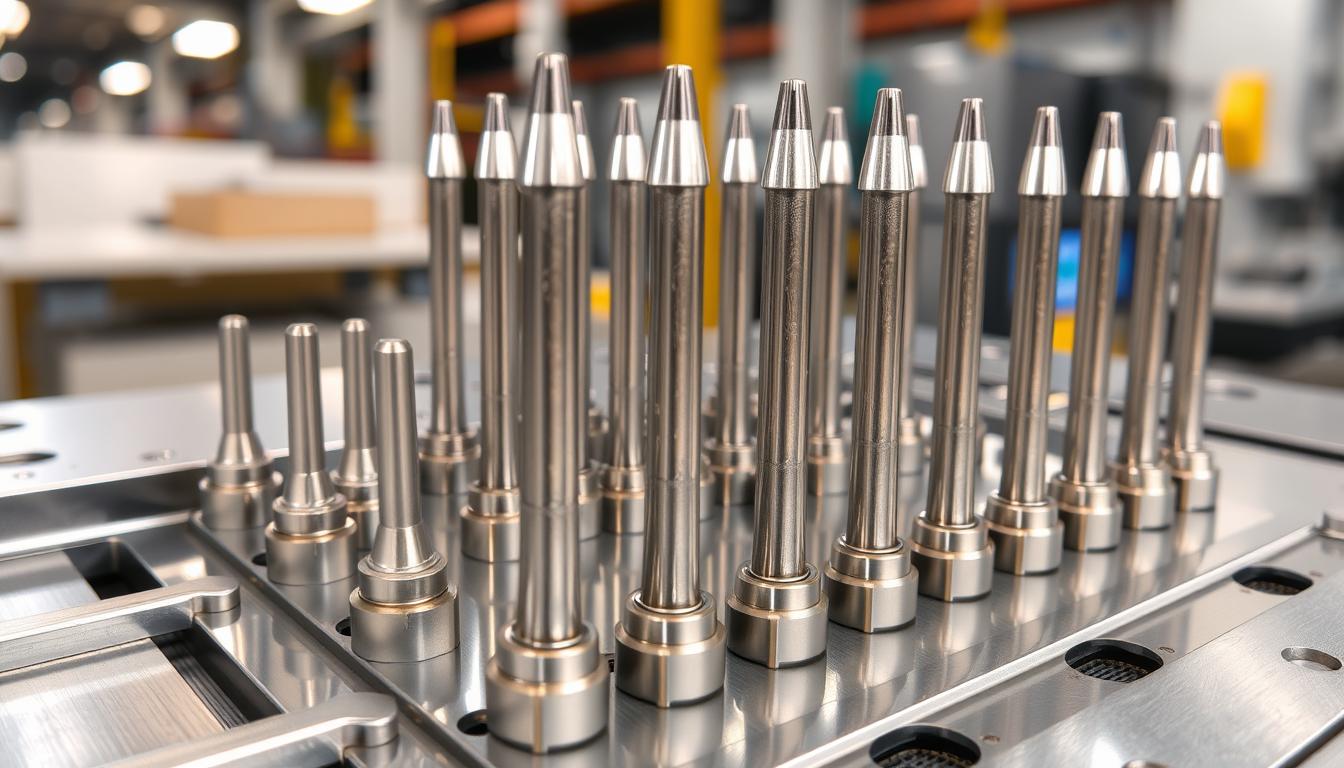
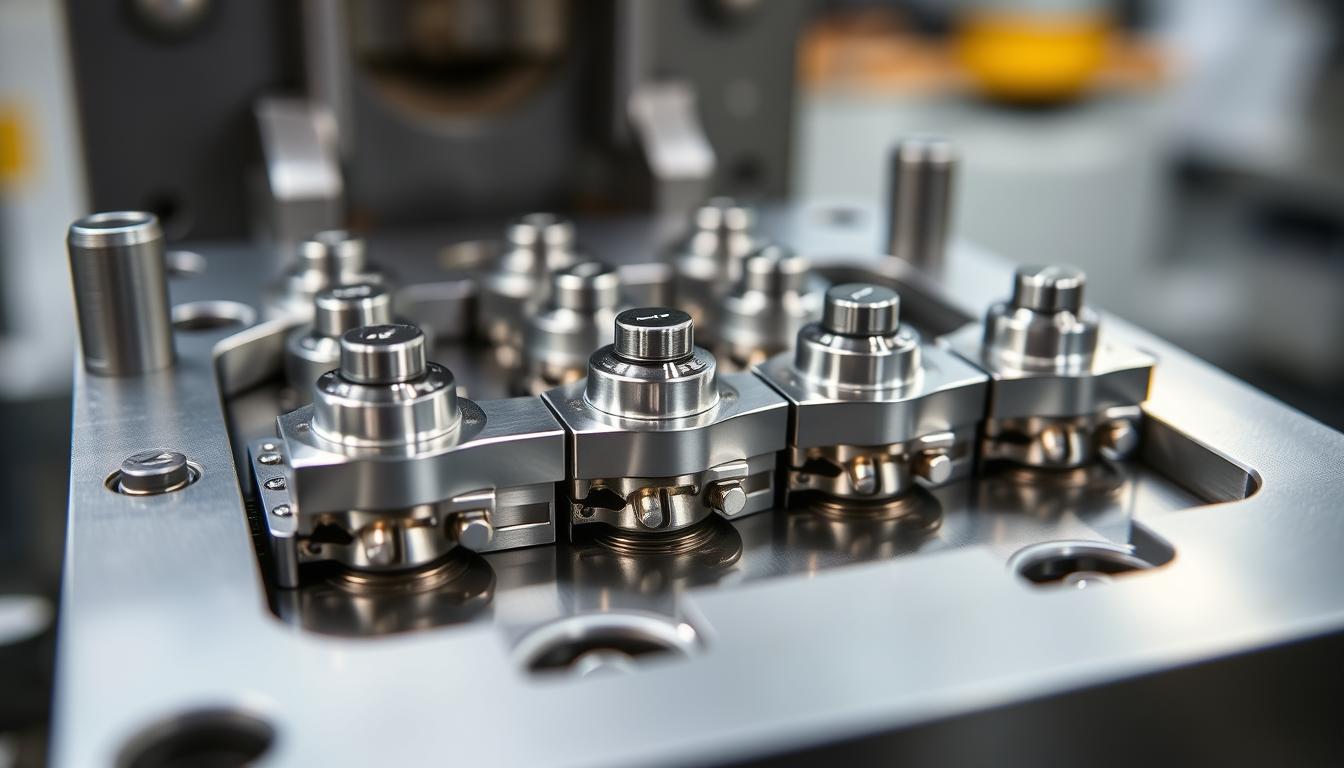
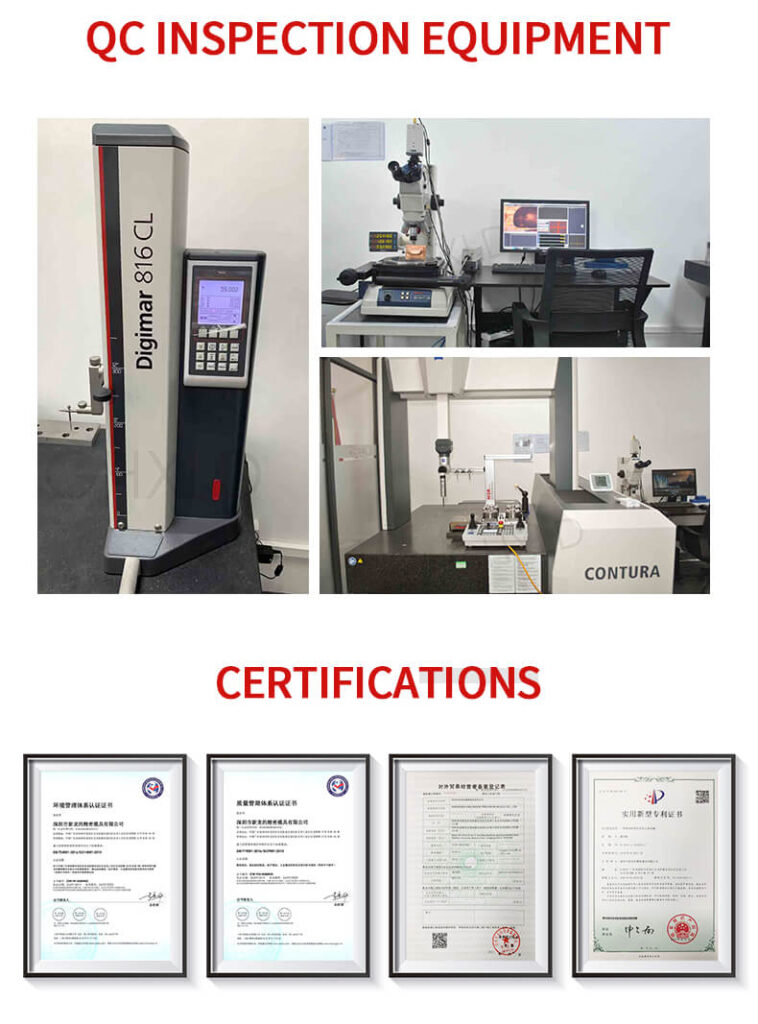
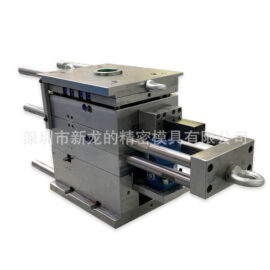
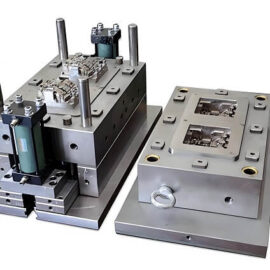
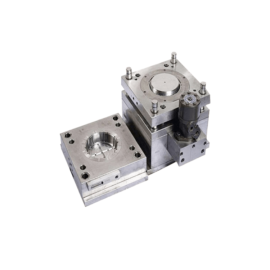
Reviews
There are no reviews yet.